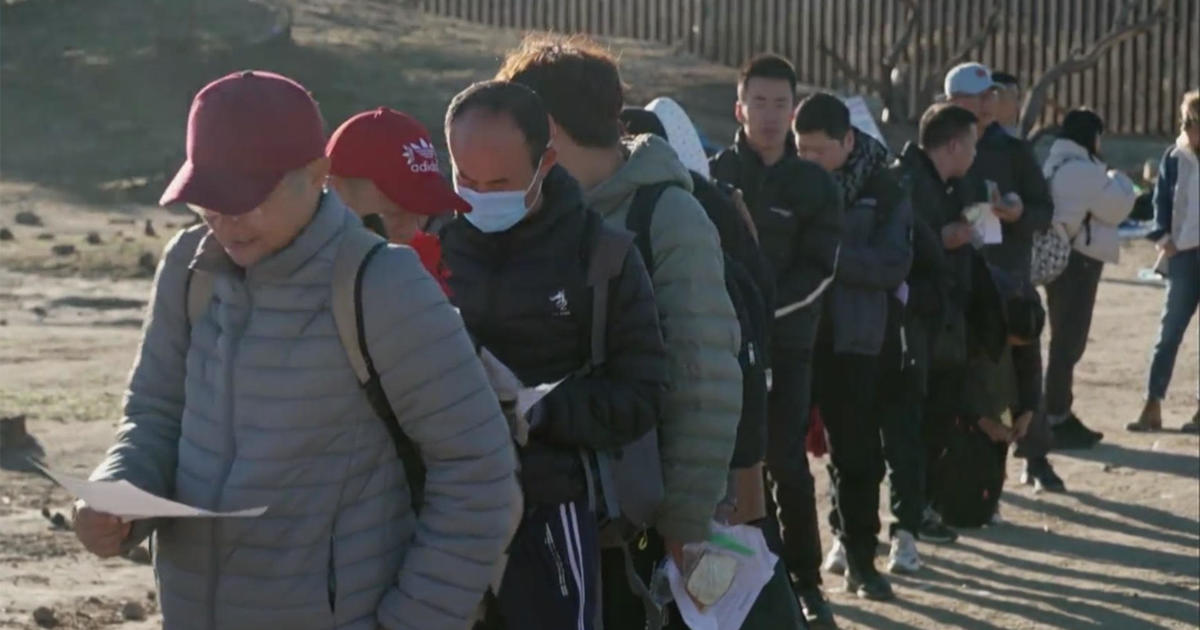Top 5 Hardest Colorado Fourteeners To Climb
 Little Bear Peak (credit: Terry Mathews)
Little Bear Peak (credit: Terry Mathews)Colorado is known for its rugged outdoor activities. With 53 different peaks that reach an elevation of more than 14,000 feet, Colorado is a destination for climbers from all over the world. Many of the fourteeners in Colorado are long, slower ascents, and can be completed by people of many different experience levels, however there are several peaks that challenge even the fittest and most seasoned climbers. When attempting to climb a fourteener in Colorado, make sure you always have the right gear, plenty of water and sunscreen, and be on the lookout for loose rock, which is the leading cause of falling deaths on most Colorado mountains. If you're ready for a really big challenge, or you just want to know which peaks to avoid, here are five of the most difficult fourteeners in Colorado.
Rocky Mountain National Park
Estes Park, CO 80517
www.nps.gov
Longs Peak is one of the most attempted of the difficult fourteeners in Colorado. Located within Rocky Mountain National Park, Longs Peak lures climbers from all over the world to attempt the rocky ascent. It's one of the longest climbs, reaching more than eight miles from trailhead to summit, and it tends to gather a lot of snow and ice, even early and very late in the season, which contributes to the difficulty of this notorious mountain. The summit of Longs Peak reaches 14,259 feet, with five different trails to reach the top, however, only the Keyhole route is open year-round. This route has lots of narrow ledges, steep cliffs and loose rocks. A reported 58 people have died attempting to climb Longs Peak and, according to the National Park Service, two people die every year attempting to defeat this mountain. It's important to set out early, watch the weather, and be very aware of the elements and other challenges that you'll encounter along this difficult hike.
Elk Mountains
Glenwood Springs, CO 81601
www.fs.usda.gov
Named for its summit that resembles a square pyramid, Pyramid Peak is another of the very difficult fourteeners in Colorado. It's located in the Elk Mountains - about 12 miles south of Aspen - and it features a very steep ascent. You'll find a lot of loose rock here, making an attempt at this peak very difficult, especially in wet or muddy conditions. At 14,025 feet, it's the 47th highest peak in Colorado and the 78 th highest in the country. Due to the conditions, it's best to attempt this climb during the summer months. Also look for times to climb when the mountain is less busy, as more traffic will cause a higher danger of loose rocks and rock falls.
San Juan National Forest
Bayfield, CO 81122
www.fs.usda.gov
At 14,252 feet, Mount Wilson is often ranked among the most difficult fourteeners in Colorado. You'll need to break out all your mountaineering skills here, as the climb almost always involves snow travel with ice axes and up and down scrambling and rappelling. There are also four small glaciers at the summit of Mount Wilson, which add to the weather conditions and elements that you'll need to be aware of when you attempt the ascent. You'll want to be especially careful along the upper third of the climb, where loose rocks and terrain have caused many deaths over the past few years. Again, attempt this climb earlier in the day, plan for the elements and make sure to have the proper gear with you for the journey. Mount Wilson is located within the San Juan National Forest and soars above the town of Rico, Colorado as the highest summit in the San Miguel Mountains.
Sangre de Cristo Mountains
Alamosa, CO 81101
www.nps.gov
Don't let the name fool you, this peak is not little. At 14,043 feet, it's one of the highest fourteeners in the Sangre de Cristo range of the Rocky Mountains. The bulk of this climb is fairly standard as far as fourteeners go, however, there is one section of the climb known as the Hourglass, which is a nearly vertical ascent through slick, watery granite. Even some of the most experienced climbers have lost their lives here, usually from falling rock. If you are ready to attempt Little Bear Peak, make sure to have the right gear, and take the Hourglass very slowly, or stick to the eastern side of the mountain with the easier trails that connect out of Blanca Peak.
Maroon Bells-Snowmass Wilderness
Snowmass, CO 81654
www.fs.usda.gov
It's all about the terrain when it comes to attempting a climb up Capitol Peak. It's a relentless ascent, with lots of rugged, exposed and loose rocks. Part of the difficulty here is that there are very few breaks, so you'll have long stretches of climbing without much chance for rest. Capitol Peak reaches 14,137 feet in the Maroon Bells-Snowmass Wilderness of the White River Forest and even the "easier" trail requires you to pass through Knife Edge, where at least two deaths have been reported. You can attempt one of the other routes, however, those have a higher risk of falling rock. You can make this trip in a day, but be sure to set out very early and watch for Colorado's famously unpredictable weather to force you to turn around and head back.



